
The 1960s were a time of dramatic change for not only men's hairstyles, but also for men's facial hairstyles. The hippie culture, which favored longer, less tame hair, also influenced facial hair. As a result, as the decade progressed, facial hair became longer and a wider variety of styles became acceptable.
Sideburns
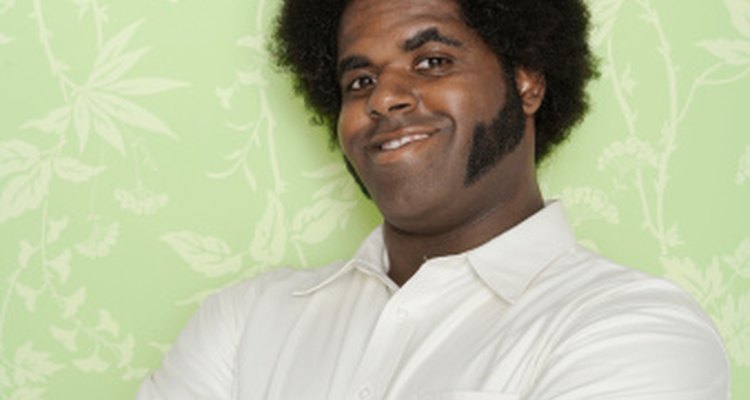
In the late 1950s and early 1960s, sideburns did not extend far past the ear and they were kept neatly trimmed. By the middle of the 1960s, British bands brought long sideburn styles back into the mainstream. The Beatles influenced many young men to grow their hair and sideburns out to be like their idols. Later, stars such as Jimi Hendrix made shaggier sideburns popular. By the end of the decade, sideburns of varying thicknesses and lengths were commonly seen on television and on film, and the American public copied these styles. As a result, even extreme sideburn fashions like the wide porkchop style became popular.
Beards
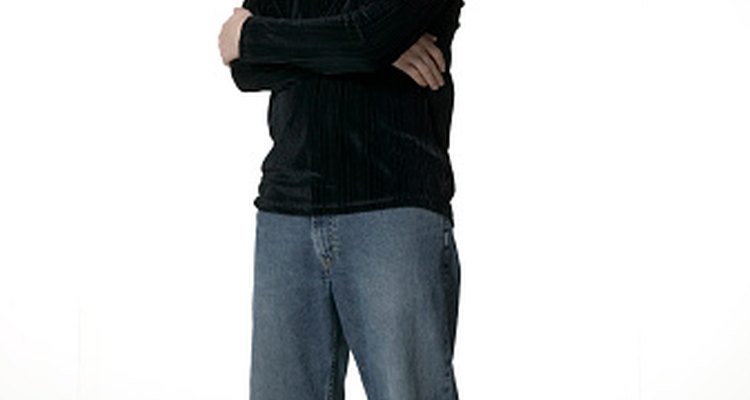
Similar to the evolution of the sideburns, beards in the early 1960s started out as small and neat, and then took on a variety of forms. Styles such as the goatee and the goatee and mustache combination known as the Fu-Manchu were common. In the last half of the decade, long, unkempt hair became popular for men in the free love movement, and beards were grown to match.
Mustaches

Mustaches did not gain wide appeal, unless combined with a beard, until the last years of the 1960s. These were not necessarily associated with hippies, but rather reflected the influence the long hairstyles and fuller facial hair had on the rest of society. Unlike the beard or full sideburns, the popularity of full mustaches extended well into the 1980s, where popular TV icons such as Tom Selleck sported them.
Influence of 1960s facial hair on Fashion in the 2000s.

The influence of the 1960s facial hair is still apparent decades later. Full sideburns were still worn by some subcultures, such as by progressive men in their 20s and 30s, even into the 2010 decade. As of the early part of the 2010 decade, mustaches and beards never entirely went out of style, especially for older men. The wild, unkempt look of the late 1960s is not as common, however, but the variety of facial hair options has never entirely gone out of fashion.
Related Articles
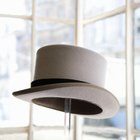
Victorian Hairstyles for Men
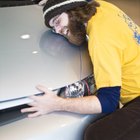
Beards of the 70s
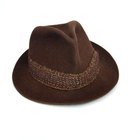
1950s Gangster Clothes

Why Did Women Cut Their Hair to Become ...
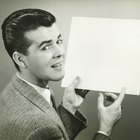
1930s Hairstyles for Men

How to Make Small Hair Braids in Men's ...

1965 Hairstyles

Hairdos & Jewelry of the '70s

1970s Fashion Silhouettes
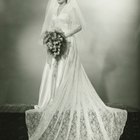
Wedding Dresses of the 1920s, 1930s & ...

Black Hairstyles of the 1800s

What Did Men Wear During the ...

What Did Kids Wear in the 80s?

Clothing Ideas for a 1970s-Themed Party

How to Get Mel Gibson's Hairstyle

Men's Fashion of the 1930s
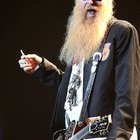
Beards in the '80s

The Short Women's Haircuts of the 1940s
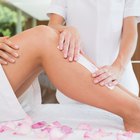
History of Body Waxing & Hair Removal

The History of Denim Jackets
Writer Bio
Natalie Smith is a technical writing professor specializing in medical writing localization and food writing. Her work has been published in technical journals, on several prominent cooking and nutrition websites, as well as books and conference proceedings. Smith has won two international research awards for her scholarship in intercultural medical writing, and holds a PhD in technical communication and rhetoric.
Photo Credits
Jupiterimages/Photos.com/Getty Images